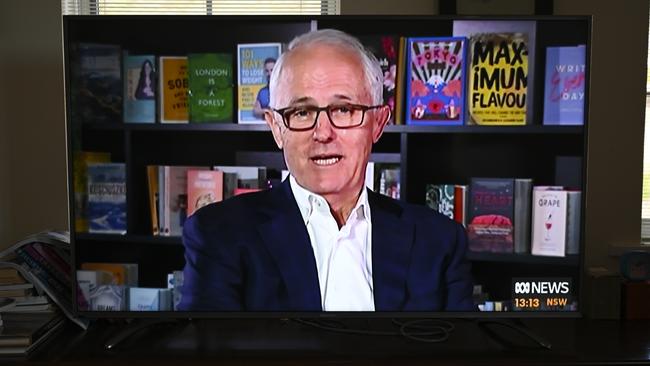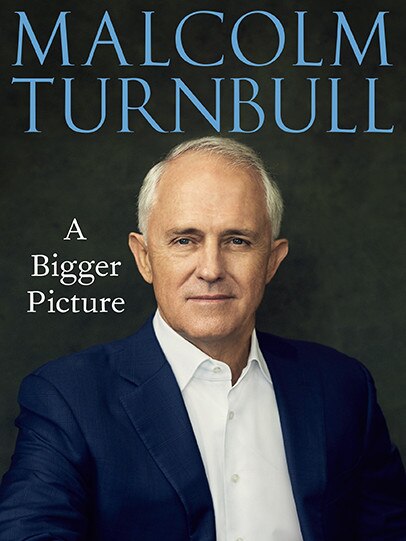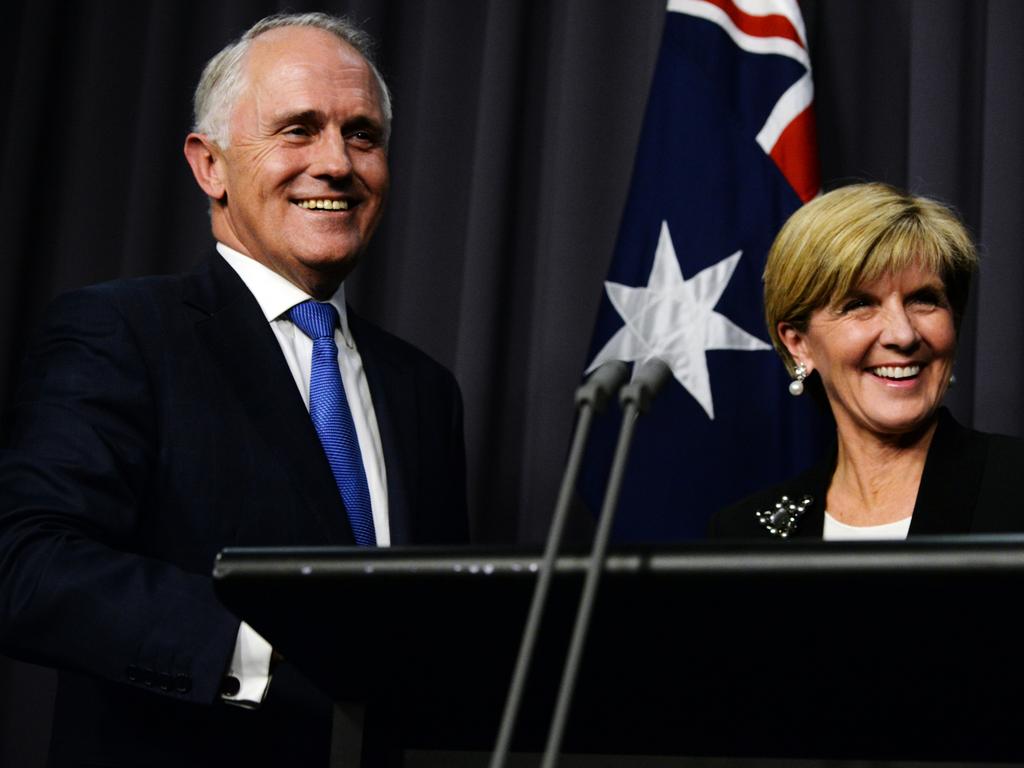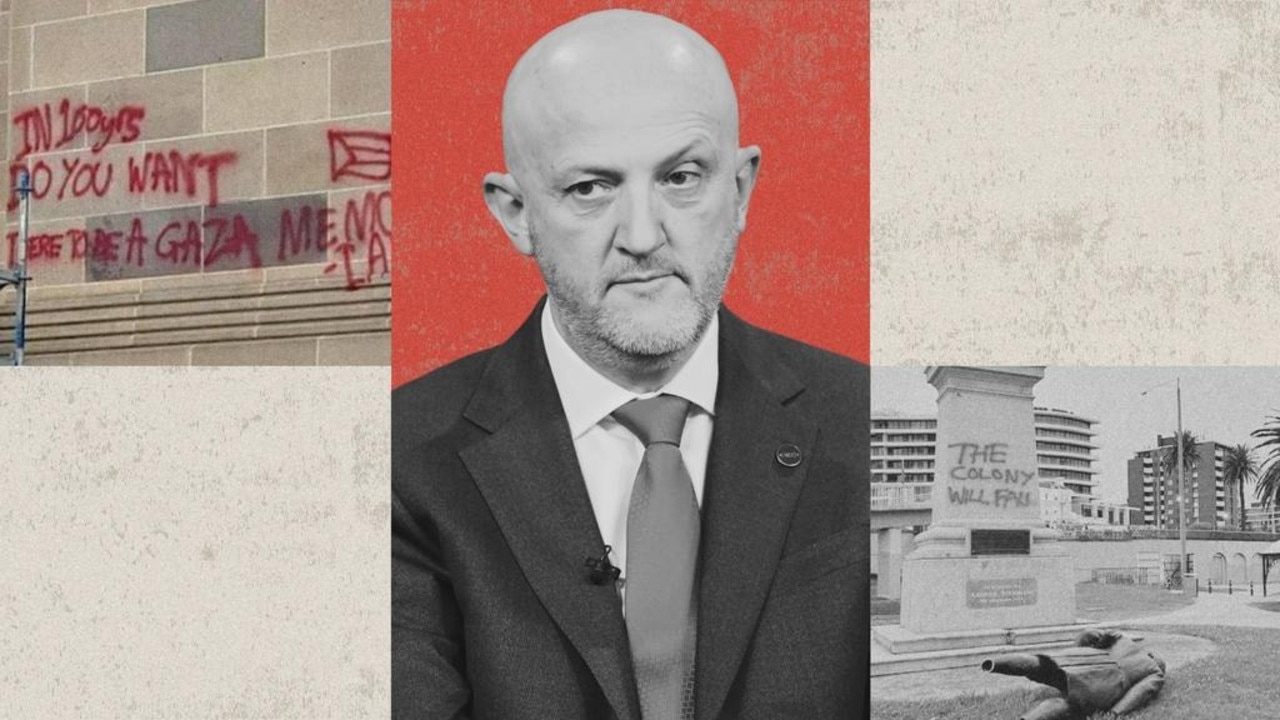
Malcolm Turnbull once dreamed of being a Labor MP. It is understandable that he plays this down in his memoir. It is, after all, not a good look for a former Liberal prime minister.
Turnbull claims it was Labor that tried to recruit him, not that he offered himself to Labor. This is nonsense. The evidence for Turnbull pursuing a career as a Labor MP is overwhelming.
In A Bigger Picture (Hardie Grant), Turnbull settles on the same formulation he has used over the years to rebut the accusation that his head and heart belonged to Labor. If you tell a story often enough you may well believe.
Now, Turnbull has committed this canard to paper. It underscores how memoirs are not always reliable.
The background is instructive. After the March 1993 election, Paul Keating appointed Turnbull to chair the Republic Advisory Committee. It was to consult widely and outline how Australia could transition to a republic. An issues paper was published in May 1993 and the report in October 1993. It was at this time that discussions about Turnbull going into politics as a Labor MP first took place.

“Friends in the Labor Party had tried to recruit me,” Turnbull writes. “I’d seen Keating regularly during my work on the Republic Advisory Committee in 1993. On one occasion, at Kirribilli House, Paul made an approach: Graham Richardson was about to retire from the Senate. It was flattering, but I doubted I’d be comfortable in the ALP; neither would it be comfortable with me.
“At Paul’s insistence, I had a chat with Richardson. It turned out he and I were of entirely the same mind — that it wasn’t a good idea or a good fit. Subsequently, Richardson has falsely claimed I sought his support to join the ALP; not that anyone would readily believe a man who in his memoir boasts of his skill at lying.”
These are the clever words of a lawyer. Turnbull writes that Labor friends had tried to recruit him, not the other way around. He says it was Keating who made the tantalising approach, not that he raised it. He pinpoints Richardson’s resignation from the ministry, and the Senate, as the opportunity that arose during his discussions with Keating “on one occasion” in 1993.
The problem is that Richardson did not tell Keating he was resigning until March 14, 1994. His resignation was made public that March 23. The Turnbull-Keating and Turnbull-Richardson conversations did take place in 1993 but they could not have been about Richardson’s Senate vacancy because there was no vacancy then. So, Turnbull is evidently in error.
In my interviews with Turnbull, this year and last year, he repeated the claim that it was “a serious approach” from Keating to join Labor and become a Labor MP, and said the then prime minister was “quite insistent” about it.
But this is not how Keating remembers the conversations with Turnbull. I know because I asked Keating about Turnbull’s political ambitions when I interviewed him extensively during 2016 while writing his biography, Paul Keating: The Big-Picture Leader (Scribe). Keating made it clear this was a Turnbull initiative.
“He obviously had a friendly attitude towards the Labor Party as it was currently then confected and operating, so I suspect, not unnaturally, he thought this might at least provide an option for him,” Keating told me.
Turnbull further claims that if he were serious about joining Labor, he would have sought the assistance of Neville Wran, his business partner and the former premier of NSW. “If I ever needed a mentor to join the ALP, I would have turned to my closest friend and business partner, Neville Wran,” Turnbull writes.
Wran died six years ago and cannot support or contradict Turnbull’s claim. But the truth is that Wran did intercede on Turnbull’s behalf in 1994-95.
Wran phoned several Labor figures to make the case for why Turnbull should join the party and become a Labor senator, and asked if they could help facilitate it.
I recall meeting Wran at his office in early 2005. I was preparing a book of essays on his government, The Wran Era (The Federation Press), to be published the following year. We talked about the political scene and reviewed the recent federal election, which saw Turnbull become the Liberal member for Wentworth. “He should be in the Labor Party,” Wran told me.
Turnbull also may be confused about which Labor Senate seat he actively considered. Two other options were vacancies caused by Kerry Sibraa’s resignation in February 1994 and Stephen Loosley’s resignation in May 1995. In any event, Keating advised against it. “The Senate is the death house,” he told Turnbull. “If you want to be in the game, you’ve got to be in the House of Representatives.”
It would be silly to argue Turnbull is a secret Labor man. He did join the Liberal Party in 1973, let it lapse, and rejoined in 2001. He sought Liberal preselection for Wentworth in 1981 and for the state seat of Mosman months later before dropping out. The bigger picture, surely, is what does Turnbull truly believe in? He was a Liberal in his 20s, sought a Labor seat in his 30s and 40s, and became a Liberal MP in his 50s.
With little fidelity to any party, an outsized ego and colossal ambition, does Turnbull really expect anyone to believe that if the planets had aligned for him to become a Labor MP in the 1990s, that he would not have jumped at the chance? After all, the guiding star in Turnbull’s life has always been, well, Turnbull.






